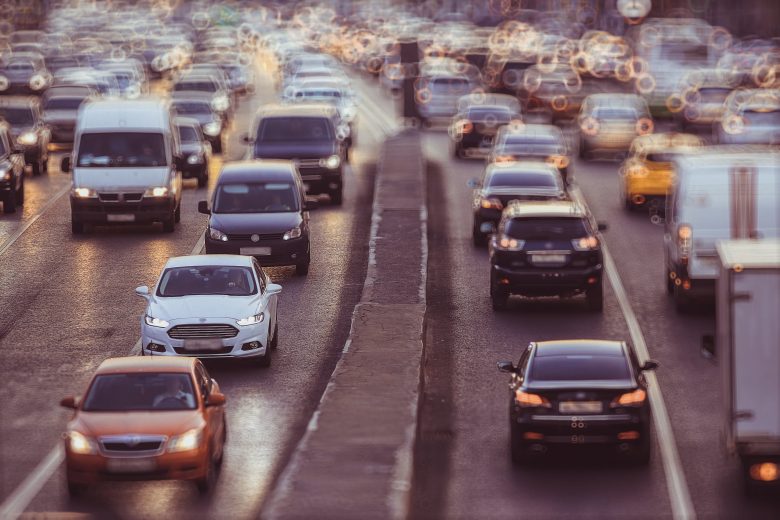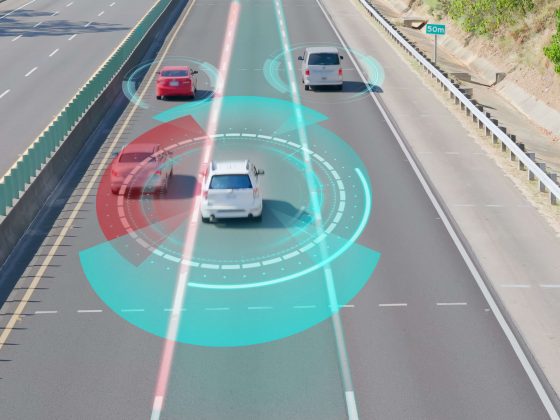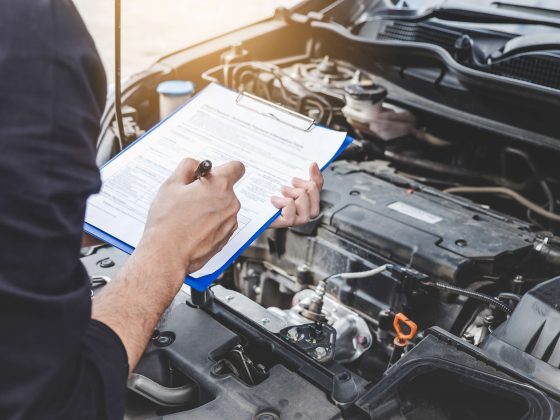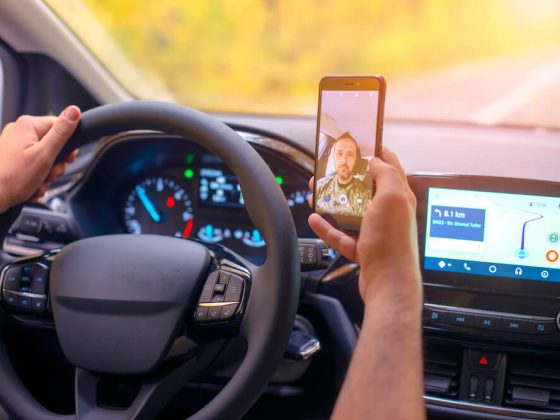The United States is confronting the highest rate of traffic fatalities for the third consecutive year, according to preliminary findings released by the National Safety Council.
Use eTags© to Quickly Complete Your DMV Service. Renewals, Title Transfers and More, All Online!
While figures are still dark and alarming, it also appears that the numbers are, somehow, reaching a steady rate after two years of severe increases.
The National Safety Council reported that approximately 18,720 people died from car accidents nationwide between January and June of 2018.
This result is lower compared to the results obtained in the first six months of 2017, but it keeps making authorities and safety campaigners feel increasingly concern about the future.
However, this trend started to grow from 2014 to 2016 when the number of dead people went from over 35,000 to 40,000.
As the number leveled off at 40,000, the question is: What can we do to reduce the number of traffic fatalities in the US?
Ken Kolosh, researcher for the National Safety Council, commented:
We are seeing a plateauing of the number of deaths in the first six months of 2018 compared to 2017. So in some sense we are treading water right now, and treading water is better than drowning, but it is not as good as moving forward and getting better.”
The number of miles traveled impacts the number of highway deaths
The increasing number of dead people owing to traffic accidents has been associated with the growth of the economy and reduced gas prices, which, in return, led to a rise in vehicle miles driven.
This overall pattern has been referred as “a perfect storm” that inevitably has an impact on road safety, according to Kolosh.
Having said that, Kolosh argues that the number of miles traveled contributes to the number of highway deaths.
In addition, Kolosh mentioned that other issues including excessive speeding, distracted driving, and lack of safety awareness increase the number of traffic fatalities, regardless of road improvements and safer vehicles.
As modern vehicles are equipped with more sophisticated safety features, Kolosh mentioned:
Cars are getting safer. But not everyone trades in their car to get the latest safety technology, so safety improvements vehiclewise take many, many years, if not a decade, to trickle into the system.”
In a positive note, Kolosh reported that there’s some evidence that drivers are not texting or playing with their phones while driving as much as it was previously found.
The National Highway Traffic Safety Administration makes research on traffic-related issues in the United States, paying closely attention to what drivers do once they get behind the wheel.
And they’re actually seeing decreases in the number of drivers interacting with their cellphones while behind the wheel,” says Kolosh,
The researcher concludes that stricter laws in regards to texting/calling while driving appear to be making a difference.
SEE ALSO: How To Spot A Drunk Driver – Prevention Guide For Motorists








